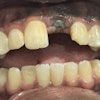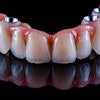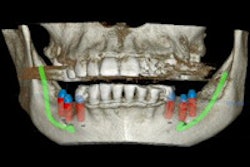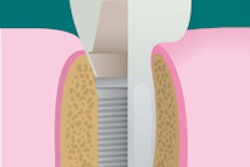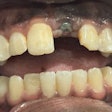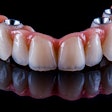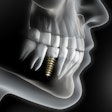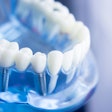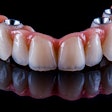Per-Ingvar Brånemark, MD, PhD, a Swedish orthopedic surgeon and researcher who was called the father of the modern dental implant, died on December 20 in Gothenburg, Sweden, at the age of 85.
His wife, Barbro Brånemark, said the cause was a heart attack, according to a New York Times article.
Dr. Brånemark began his career studying how blood flow affects bone healing. In 1952, he and his colleagues put optical devices encased in titanium in rabbits to study the healing process. When they later tried to remove the devices, they discovered that the titanium had fused into the bone and could not be removed.
Calling the process "osseointegration," he surmised that metal could be used to create an anchor for artificial teeth, the New York Times article explains.
To ensure titanium would not be rejected by the body, he enlisted about 20 of his lab students to have titanium instruments inserted into their upper arms.
After years of rejected grant applications to study implants in bone tissue, the U.S. National Institutes of Health finally financed the project.
Dr. Brånemark's first titanium dental implant patient, in the mid-1960s, was a man with a cleft palate, jaw deformities, and no teeth in his lower jaw. The successful operation provided him with four titanium implants, allowing the patient to use dentures. Still, it wasn't until the 1970s that Sweden's health officials approved the implants.
In 1982, Dr. Brånemark discussed osseointegration at a professional meeting in Toronto and won widespread recognition for his materials and methods. His system of dental implants is now manufactured and sold by Nobel Biocare; it is still sold as the Brånemark System, according to the article.
